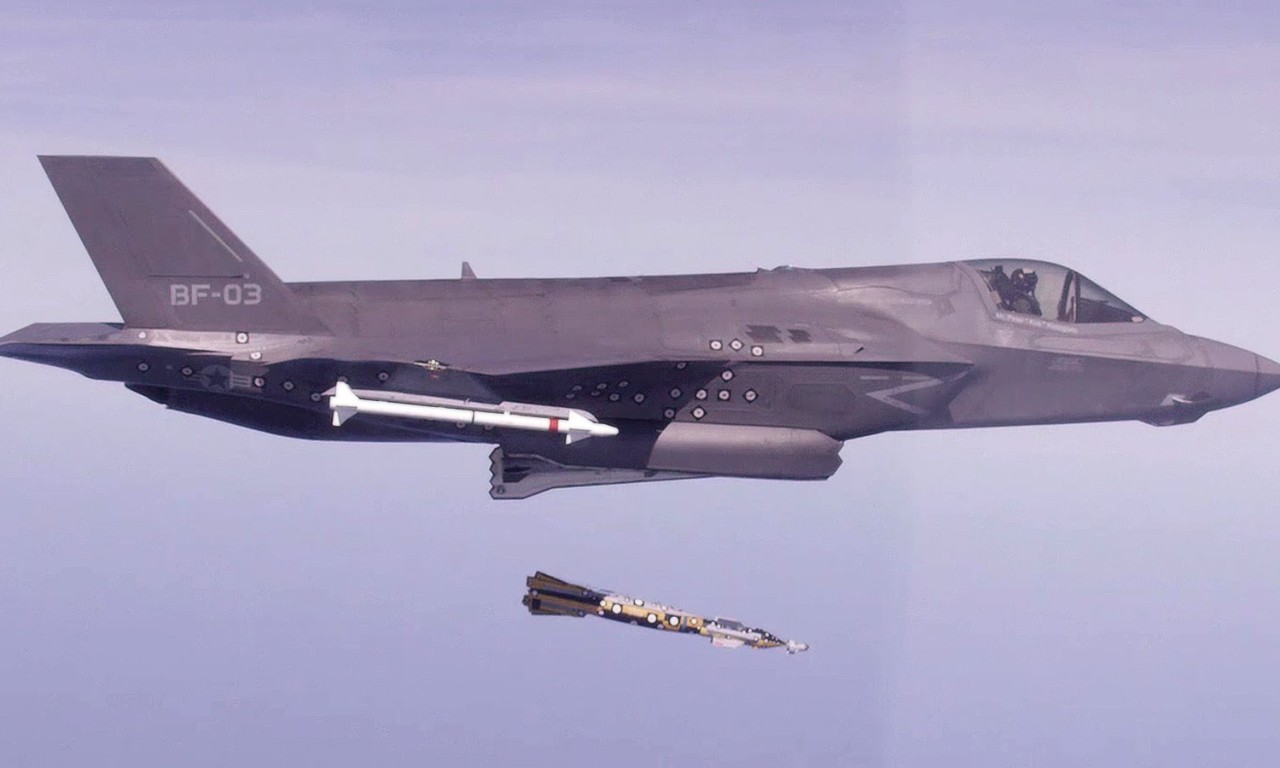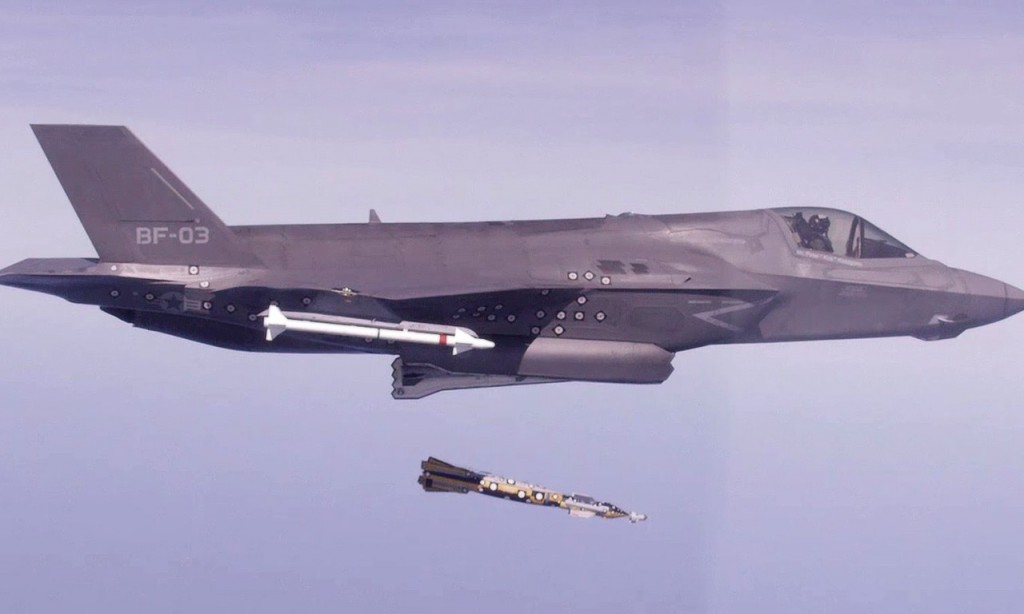By Hans M. Kristensen
FEDERATION OF AMERICAN SCIENTISTS
The RAND Corporation has published an interesting new report on how NATO would defend the Baltic States against a Russian attack.
Without spending much time explaining why Russia would launch a military attack against the Baltic States in the first place – the report simply declares “the next [after Ukraine] most likely targets for an attempted Russian coercion are the Baltic Republics of Estonia, Latvia, and Lithuania” – the report contains some surprising (to some) observations about the limitations of nuclear weapons in the real world (by that I mean not in the heads of strategists and theorists).
The central nuclear observation of the report is that NATO nuclear forces do not have much credibility in protecting the Baltic States against a Russian attack.
That conclusion is, to say the least, interesting given the extent to which some analysts and former/current officials have been arguing that NATO/US need to have more/better limited regional nuclear options to counter Russia in Europe.
The report is very timely because the NATO Summit in Warsaw in six months will decide on additional responses to Russian aggression. Unfortunately, some of the decisions might increase the role or readiness of nuclear weapons in Europe.
Limits of Nuclear Weapons
The RAND report contains important conclusions about the role that nuclear weapons could play in deterring and repelling a Russian attack on the Baltic States. Here are the relevant nuclear-related excerpts from the report:
“Any counteroffensive would also be fraught with severe escalatory risks. If the Crimea experience can be taken as a precedent, Moscow could move rapidly to formally annex the occupied territories to Russia. NATO clearly would not recognize the legitimacy of such a gambit, but from Russia’s perspective it would at least nominally bring them under Moscow’s nuclear umbrella. By turning a NATO counterattack aimed at liberating the Baltic republics into an “invasion” of “Russia,” Moscow could generate unpredictable but clearly dangerous escalatory dynamics.”
“The second option would be for NATO to turn the escalatory tables, taking a page from its Cold War doctrine of “massive retaliation,” and threaten Moscow with a nuclear response if it did not withdraw from the territory it had occupied. This option was a core element of the Alliance’s strategy against the Warsaw Pact for the duration of the latter’s existence and could certainly be called on once again in these circumstances.The deterrent impact of such a threat draws power from the implicit risk of igniting an escalatory spiral that swiftly reaches the level of nuclear exchanges between the Russian and U.S. homelands. Unfortunately, once deterrence has failed—which would clearly be the case once Russia had crossed the Rubicon of attacking NATO member states—that same risk would tend to greatly undermine its credibility, since it may seem highly unlikely to Moscow that the United States would be willing to exchange New York for Riga. Coupled with the general direction of U.S. defense policy, which has been to de-emphasize the value of nuclear weapons, and the likely unwillingness of NATO’s European members, especially the Baltic states themselves, to see their continent or countries turned into a nuclear battlefield, this lack of believability makes this alternative both unlikely and unpalatable.”
“We did not portray nuclear use in any of our games, although we did explore the effects of various kinds of constraints on each side’s operations intended to represent limitations that might be imposed by national or alliance political leaderships anxious to avoid setting off escalatory spirals.”
“Other options have been discussed to enhance NATO’s deterrent posture without significantly increasing its conventional force deployments. For example, NATO could rely on an increased availability and reliance on tactical and theater nuclear weapons. However, as recollections of the endless Cold War debates about the viability of nuclear threats to deter conventional aggression by a power that itself has a plethora of nuclear arms should remind us, this approach has issues with credibility similar to those already discussed with regard to the massive retaliation option in response to a Russian attack.”
Even So…
Not surprisingly, some analysts and former officials (even some current officials) are busy arguing – even lobbying for – that NATO and the United States need more tailored nuclear capabilities to be able to deter and, if necessary, respond to precisely the type of scenario the RAND study had doubts about.
There’s no doubt that Vladimir Putin’s escapades are creating security concerns in the Baltic States and NATO. The invasion of Ukraine, increased military operations, direct nuclear threats, and a host of less visible activities effectively have killed the trust between Russia and NATO. Relations have deteriorated to an officially adversarial and counter-responsive climate. It is in this atmosphere that analysts and nuclear hardliners are trying to understand how it affects nuclear weapons policy.
Hardliners are convinced that Russia has increased reliance on nuclear weapons in a whole new way that envisions first-use of nuclear weapons. One former official who helped shape the George W. Bush administration’s nuclear policy recently warned that Russia “seeks to prevent any significant collective Western defensive opposition by threatening limited nuclear first-use in response,” and that the Russian threat to use nuclear weapons first “is a new reality more dangerous than the Cold War.” (Emphasis added.)
That is probably a bit over the top. As for the claim that Russia is “pursuing” low-yield nuclear weapons to “make its first-use threat credible,” that rumor dates back to a number of articles in Russian media in the 1990s. Those rumors followed reports in the United States in 1993 that the Clinton administration was considering low-yield nuclear weapons – even “micro-nukes.” The Bush administration in the 2000s pursued pre-emptive nuclear strike scenarios and advanced-concept nuclear weapons for tailored use. Although Congress rejected these plans, some of the ideas seem to have influenced Russian nuclear thinking.
The US Air Force plans to deploy the new F-35A with the new B61-12 guided nuclear bomb in Europe from 2024.
The B61-12 will be more accurate than current bombs and appears to have earth-penetration capability.
Now we’re again hearing proposals from some analysts that the United States should develop a “measured response” strategy that includes “discriminate nuclear options at all rungs of the nuclear escalation ladder” to ensure that “there are no gaps in U.S. nuclear response options that would prevent it from retaliating proportionately to any employment of a nuclear weapon against the United States and its allies.” This would require “low-yield, accurate, special-effects options that can respond proportionately at the lower end of the nuclear continuum.”
It is easy to get spooked by public statements and led astray by entangled logic and worst-case scenarios that spin into claims and recommendations that may be based on misunderstood or exaggerated information. It would be more interesting and beneficial to the public debate to hear what the U.S. Intelligence Community has concluded Russia has developed and what is new and different in Russian nuclear strategy today.
A Better Strategy
Fortunately, Russia’s general military capabilities – although important – are so limited that the RAND study concludes that for NATO to be able to counter a Russian attack on the Baltic States “does not appear to require a Herculean effort.”
Instead, the report concludes that a NATO force of about seven brigades, including three heavy armored brigades – adequately supported by airpower, land-based fires, and other enablers on the ground and ready to fight at the onset of hostilities – might prevent such an outcome.
NATO has already created a conventional Spearhead Force brigade of about 5,000 troops. Seven brigades of that size would include about 35,000 troops.
Creating and maintaining such a force, RAND estimates, might cost on the order of $2.7 billion per year.
Put in perspective, the $30 billion the Pentagon plans to spend on a new nuclear air-launched cruise missile (LRSO) that is not needed could buy NATO more a decade worth of real protection of the Baltic States.
Guess what would help the Baltic States the most.
Image Sourced: AIIR SOURCE


